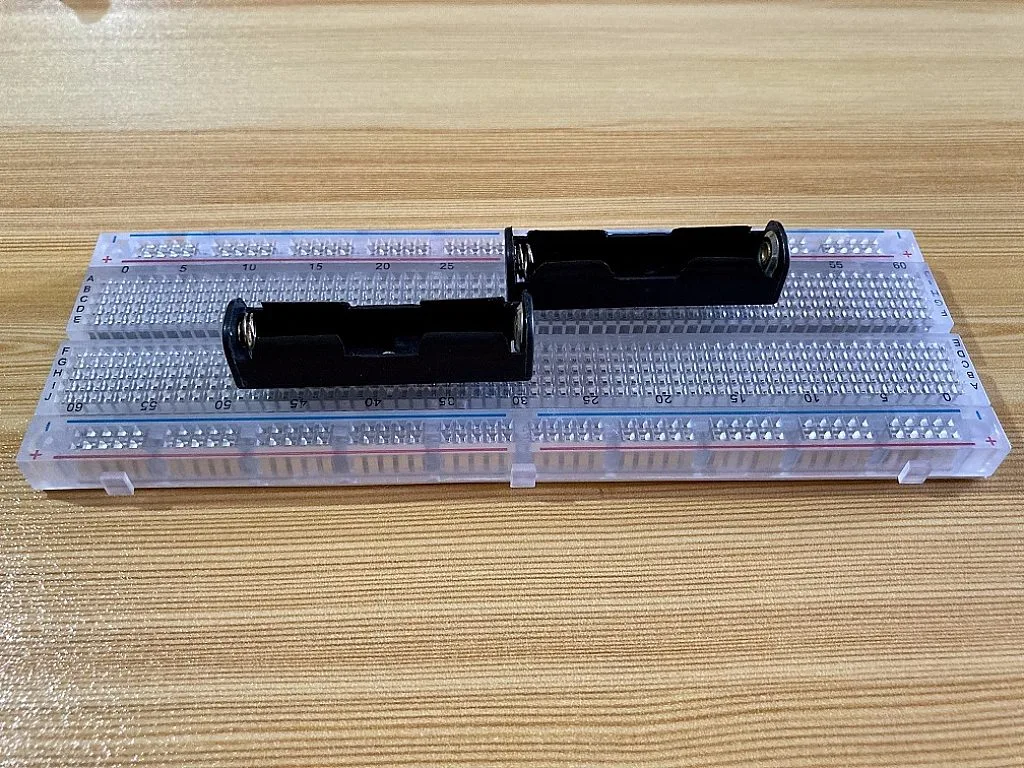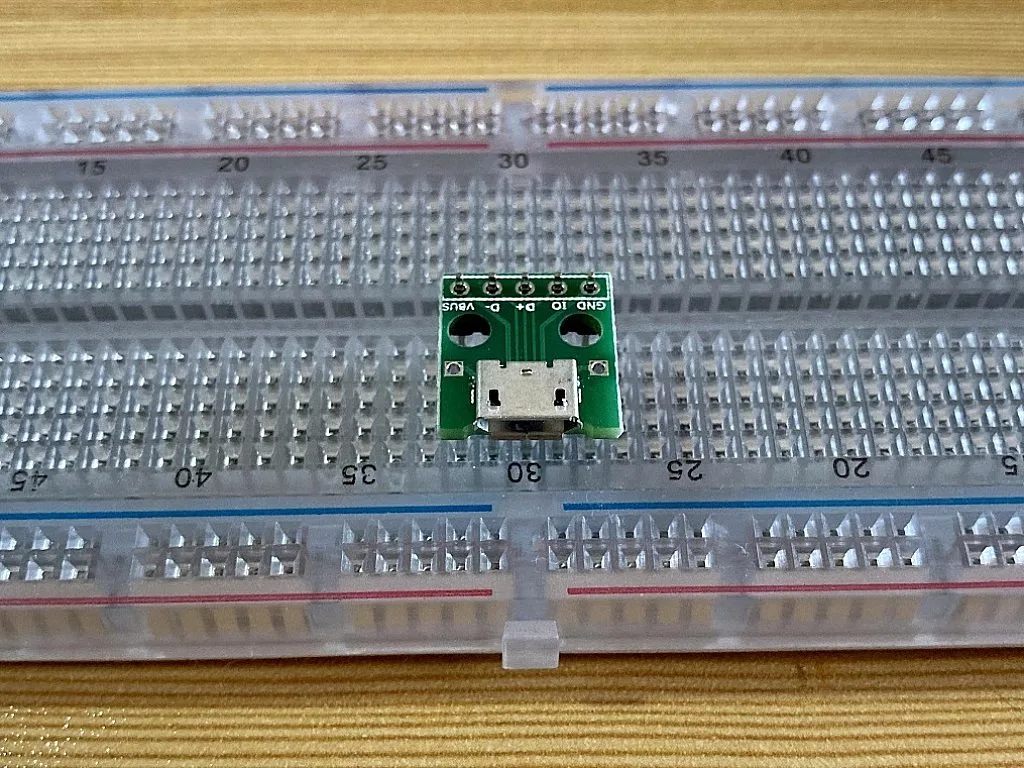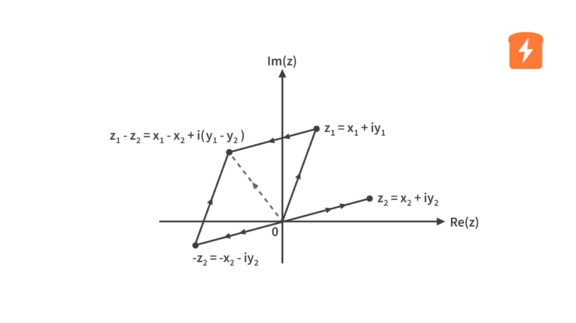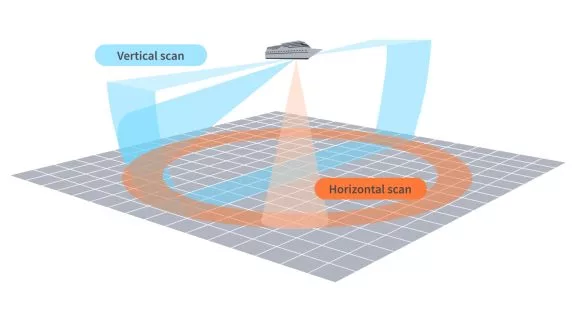Non-contact Forehead Infrared Thermometer - Part 1
Published
If once in your life you have experienced a fever or have been hospitalized, then I guess you already know what a thermometer is. Thermometers are devices that can measure the temperature of a body or an object. They can be used in different applications but in the medical field, thermometers are used to measure human body temperature.

There are different types of thermometers designed and developed to measure body temperature. But to make things simple, we can just categorize them into two types: contact and non-contact thermometers. Contact thermometers require physical contact in order to measure the body temperature. When using a contact thermometer, body temperature can be measured through the mouth (under the tongue), the rectum, the armpit, or the base of the urethra. In terms of accuracy, contact thermometers are more accurate than non-contact thermometers. However, with the spread of COVID-19, non-contact thermometers are now more often used.
Non-contact thermometers usually utilize infrared (IR) sensors to measure body temperature. Medical IR thermometers are fast and very easy to use. We can use them to measure tympanic (ear) or forehead temperature. The result we get when measuring tympanic temperature is more accurate than the forehead temperature. However, there’s still physical contact if we measure the temperature through the ear. If we want to reduce the risk of being infected by the COVID-19 virus or other types of virus, we probably want to use the forehead infrared thermometer as it doesn’t require physical contact and is more convenient to use than the tympanic infrared thermometer.
So in this project/tutorial, we’re going to show how we can simply build a non-contact forehead IR thermometer using an IR temperature sensor, a microcontroller, an OLED display, and other sensors. Since this is going to be a very long tutorial, we are going to break down this tutorial into four parts. In this part we are just going to show you the components needed to make a non-contact forehead IR thermometer. In the second part, we will talk about the hardware and in the third part, we will discuss the software. In the last part, we will discuss how to program the MCU of the thermometer. We will also show you the assembled thermometer and show how it works.
Components Used
These are the parts that I have used for the non-contact forehead IR thermometer:
1. GY906 (MLX90614 IR Temperature Sensor Breakout Board)

2. ATmega328P-PU, 28-pin IC Socket, 2pcs. 0.1uF Ceramic Capacitors, 16MHz Crystal, 2pcs. 22pF Ceramic Capacitors, 10kΩ Resistor

3. 0.96" 128x64 I2C SSD1306 OLED Display, 2pcs. 10kΩ Pull-up Resistors

4. HC-SR04 Ultrasonic Sensor

5. AM312 PIR Motion Sensor

6. 2pcs. 5V Buzzers, 2pcs. 2N3904, 2pcs. 1kΩ Resistors

7. Red LED, 2.2kΩ Resistor, Green LED, 47kΩ Resistor

8. 2pcs. AAA Battery Holder

9. 1-5V to 5V Boost Converter

10. microUSB Breakout Board

11. Male and Female Headers

As you can see, there are only a few components used in this non-contact forehead IR thermometer. I selected these parts as they can be easily purchased nowadays. If ever one of the parts breaks or malfunctions, you can easily replace them. So I guess that’s all for this part. In the next part, we will discuss the hardware of the non-contact forehead IR thermometer and discuss the function of each component.

Get the latest tools and tutorials, fresh from the toaster.

















